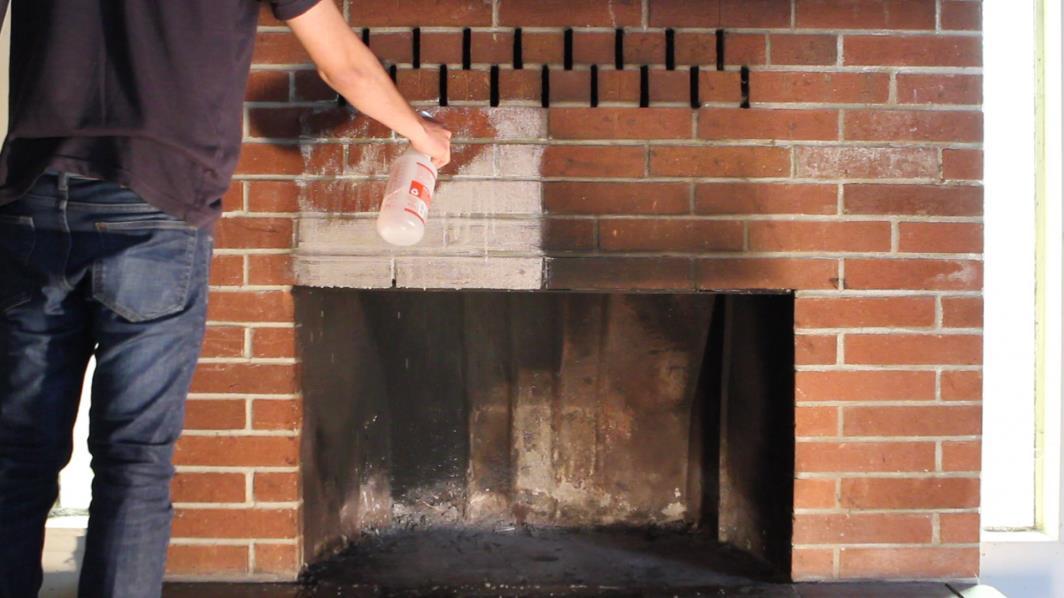Step-by-Step Guide to Chimney Cleaning in Calgary


Keeping your chimney clean and well-maintained is essential, especially during Calgary’s long winters. A Clean Chimney ensures the safe removal of smoke, gases, and toxins while enhancing the efficiency of your fireplace. Plus, regular chimney cleaning helps prevent the buildup of creosote a tar-like, highly flammable substance that can lead to chimney fires if left unchecked. This step-by-step guide will walk you through cleaning your chimney in Calgary, ensuring safety and efficiency.
Step 1: Gather the Necessary Tools
Before beginning, ensure you have the following tools ready:
Stiff chimney brush (sized to fit your chimney flue)
Extension rods for the brush
Chimney cleaning rods or ropes
Protective gear (gloves, dust mask, goggles, and old clothing)
Drop cloths or plastic sheeting to cover floors and furniture
Shop vacuum or wet/dry vacuum with a HEPA filter
Flashlight to inspect the chimney interior
These items can be purchased at most hardware stores or rented if you only clean your chimney occasionally.
Step
2: Prepare the Area
Chimney cleaning can be messy, so preparation is crucial.
Clear the Fireplace Area: Remove any furniture, carpets, and other items around the fireplace.
Cover the Fireplace Opening: Use plastic sheeting or drop cloths to cover the fireplace opening and surrounding area. This prevents soot and debris from spilling out.
Ventilate the Area: Open windows in the room where you're working to improve ventilation. This will help disperse any soot or dust that escapes.
Step 3: Inspect the Chimney
Before cleaning, conduct a thorough inspection to identify any cracks, leaks, or excess creosote buildup. Use a flashlight to check for:
Soot and Creosote: If you see thick, tar-like black deposits inside the chimney, it’s creosote. Heavy buildup should be removed by a professional.
Debris: Look for any animal nests, leaves, or branches that might be blocking the chimney.
Structural Issues: Check for cracks in the chimney lining or mortar joints. Any structural problems should be handled by a certified chimney professional.
Step 4: Choose Your Cleaning Method
There are two main methods to clean your chimney:
Top-Down Method: This involves climbing onto the roof and inserting the brush from the top. This method is more thorough but requires roof access, so be cautious and use safety gear if you choose this route.
Bottom-Up Method: Cleaning from inside the fireplace is safer and more convenient but may not be as effective on heavily soiled chimneys.
For DIY cleaning, the bottom-up method is often preferred, especially for beginners.
Step 5: Clean the Chimney
1. Insert the Chimney Brush: Attach the brush to an extension rod and insert it into the flue from the fireplace opening (or from the top if using the top-down method). Push the brush up or down in a vigorous back-and-forth motion to scrub away soot and creosote.
2. Add Extension Rods as Needed: For taller chimneys, add more extension rods as you move the brush deeper into the flue. Ensure each rod is securely fastened to prevent them from detaching mid-clean.
3. Repeat as Necessary: Continue scrubbing until you reach the top or bottom of the chimney, depending on your cleaning method. You may need to repeat this process a few times to fully remove the buildup.
4. Vacuum Up Debris: Use a vacuum with a HEPA filter to remove soot and debris from the fireplace area. Vacuum any loose soot that may have fallen during cleaning.
Step 6: Clean the Smoke Shelf and Damper
The smoke shelf (located at the base of the flue) and the damper are essential parts of your chimney. Remove any soot and debris that may have accumulated here:
Clean the Smoke Shelf: Use a small brush or handheld vacuum to clear the smoke shelf. It’s an area where soot often collects.
Clean the Damper: Lower the damper and scrub it clean with the chimney brush or a damp cloth to remove any creosote or soot.
Step 7: Dispose of the Waste Properly
After cleaning, carefully dispose of the collected soot and debris. It’s best to seal the waste in a heavy-duty trash bag to prevent particles from escaping. Be mindful of any local waste disposal guidelines regarding chimney cleaning byproducts.
Step 8: Perform a Final Inspection
After cleaning, inspect the chimney once more:
Check for any spots you might have missed.
Ensure the damper is functional.
Make sure the flue is clear and free from obstructions.
This final inspection helps confirm that your chimney is clean and safe for use.
When to Call a Professional
While DIY chimney cleaning is feasible, there are times when professional assistance is necessary:
Excessive Creosote: If your chimney has a thick creosote layer, it’s safer to hire a professional. Level 3 creosote buildup, which is the most severe, is highly flammable and should only be handled by experts.
Structural Damage: If you notice cracks, damaged mortar, or chimney liner issues, these should be assessed by a certified chimney technician.
Annual Inspection: Even if you perform routine cleanings, consider an annual inspection by a professional to catch any hidden issues.
Final Thoughts
Regular Chimney Maintenance is crucial for safe and efficient fireplace operation, particularly in Calgary’s cold climate. With a little effort, you can keep your chimney clean, reduce the risk of fire hazards, and enjoy a cozy and safe environment at home. However, if in doubt, don’t hesitate to reach out to a professional chimney cleaner to ensure the best care for your chimney.
